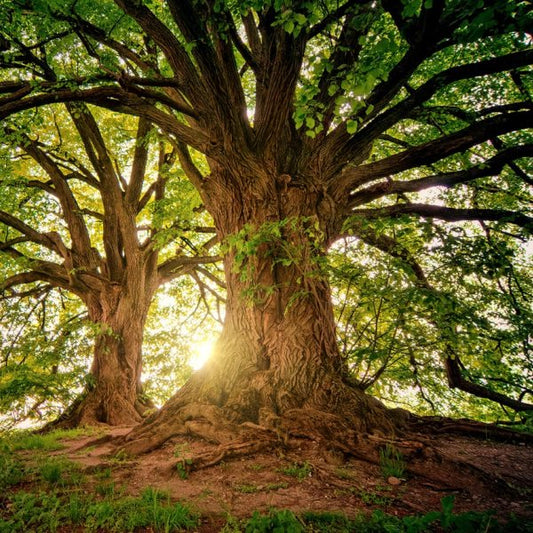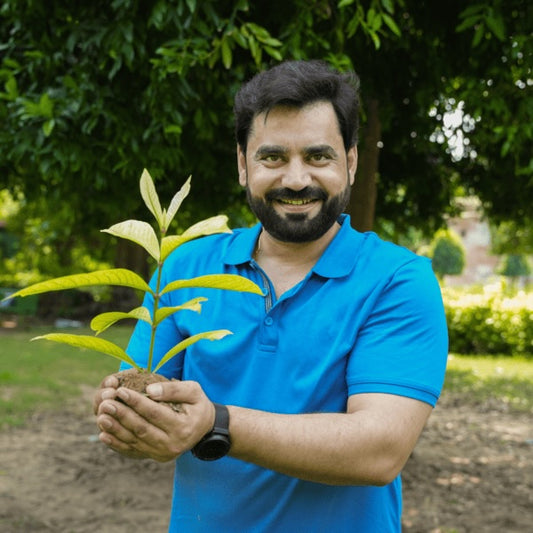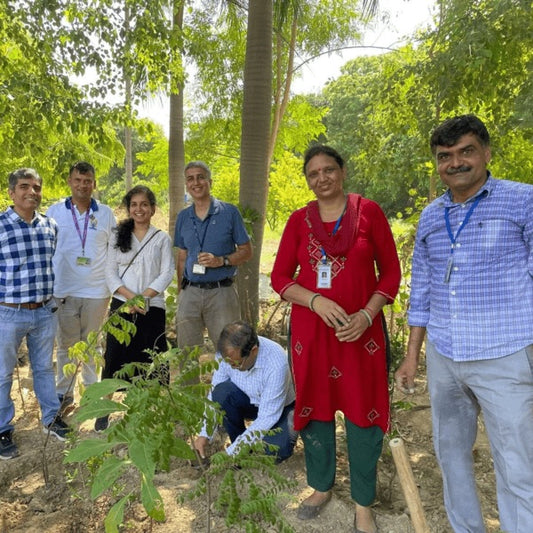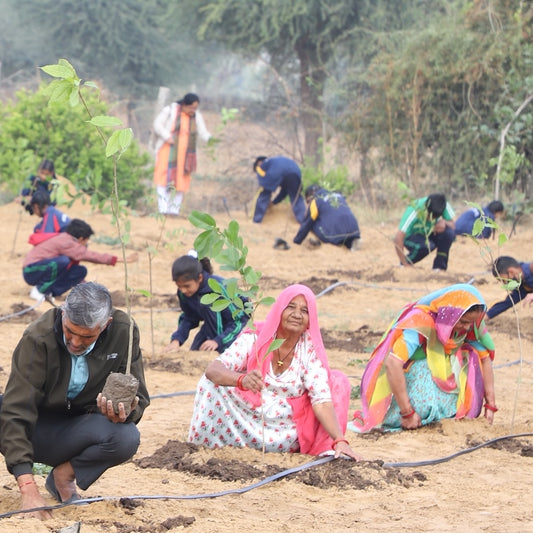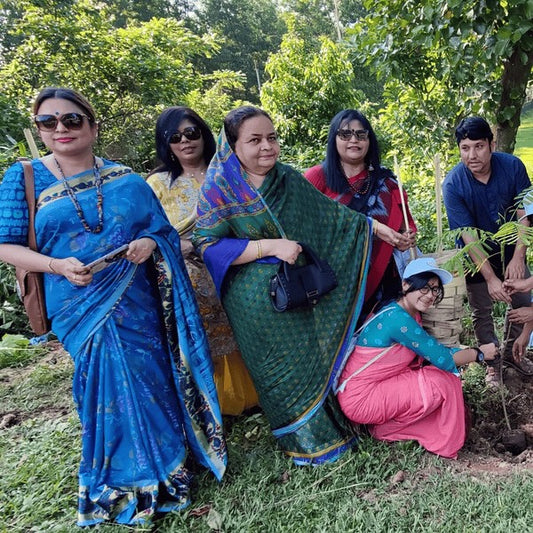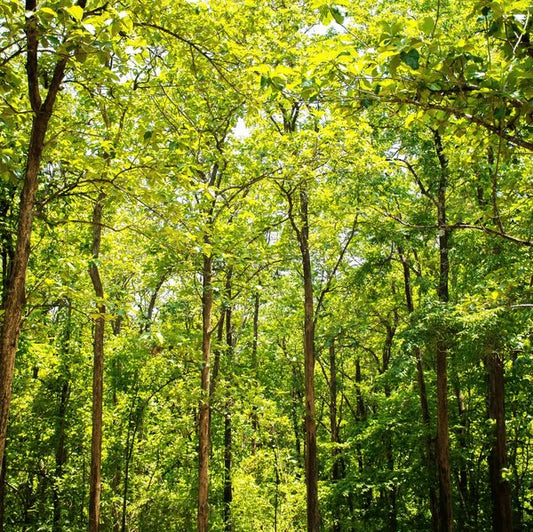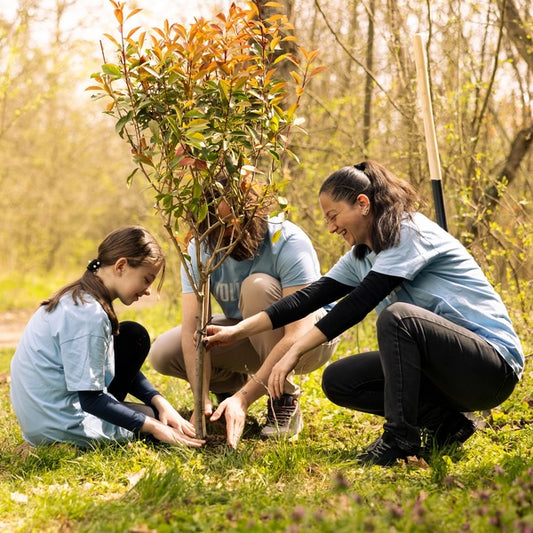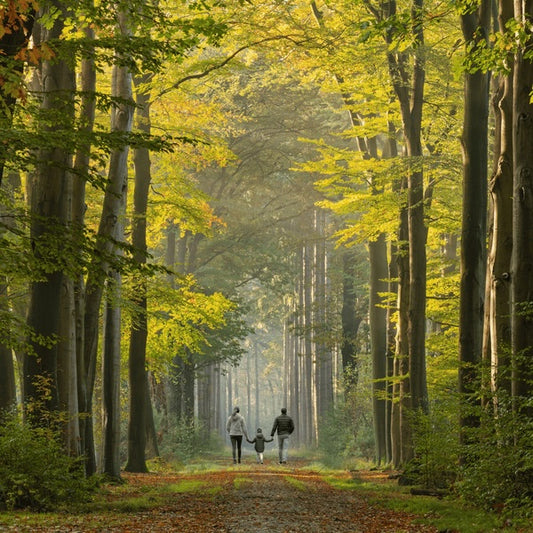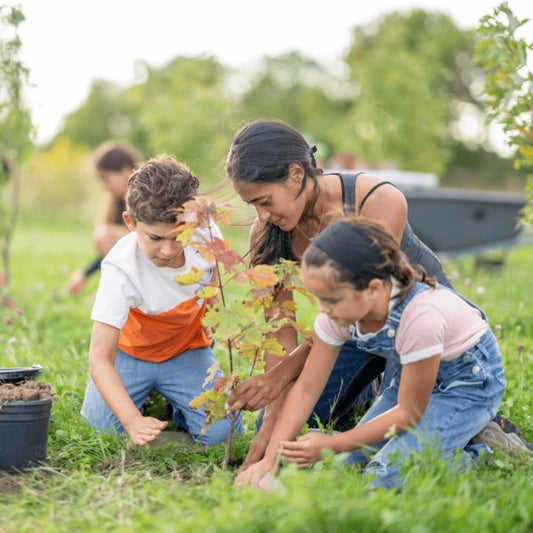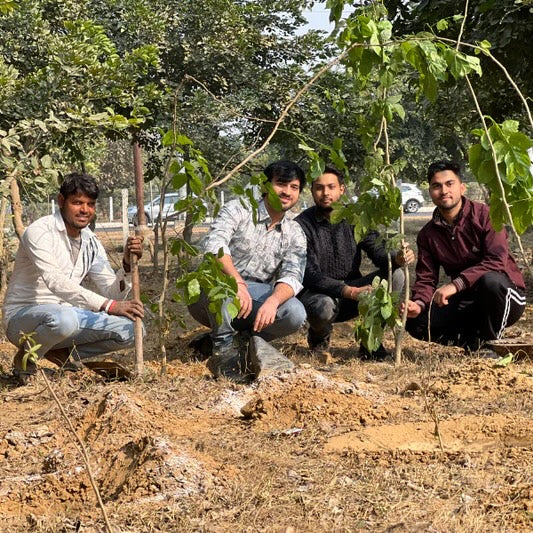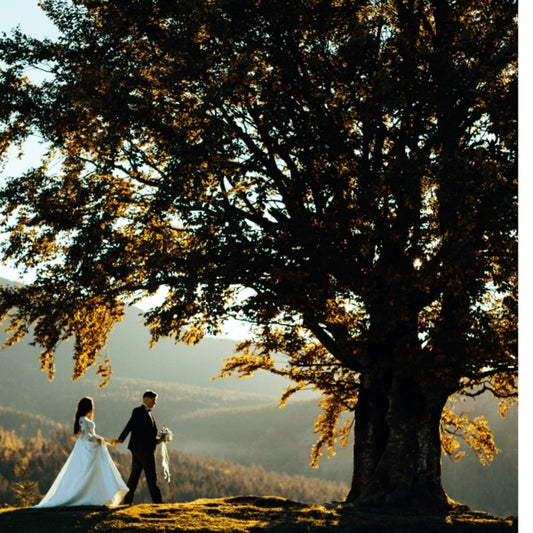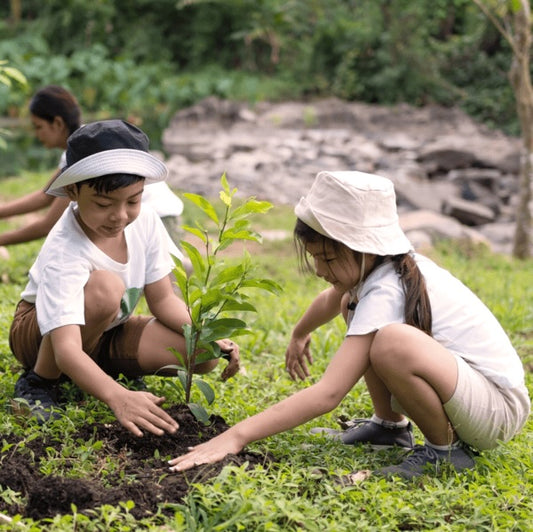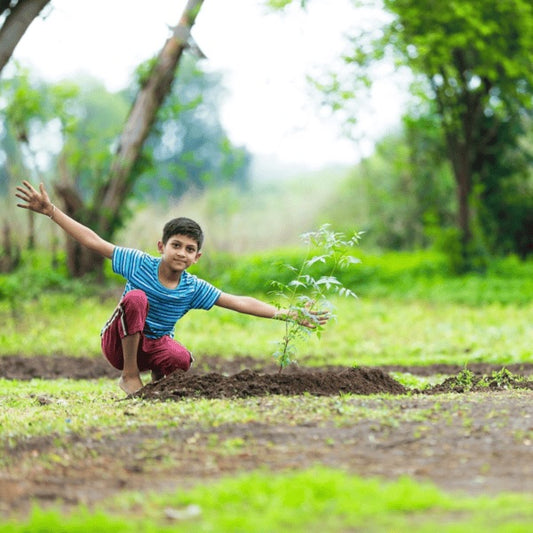Trees have been an essential part of our planet for millions of years, providing numerous benefits that are vital for life on Earth. In an era where e Read more
Trees have been an essential part of our planet for millions of years, providing numerous benefits that are vital for life on Earth.
In an era where environmental challenges such as climate change, deforestation, and pollution are becoming increasingly severe, planting a tree has emerged as one of the simplest yet most powerful actions individuals can take to help combat these issues.
The Importance of Trees
Trees are not just decorative elements in our landscapes; they play an indispensable role in maintaining the balance of the environment.
From providing oxygen to absorbing carbon dioxide, trees are nature’s perfect solution to many pressing global issues.
Here’s why planting trees is so important:
-
Oxygen Production: Trees are the primary producers of oxygen, the essential element that all living organisms, including humans, need for survival. A mature tree can produce enough oxygen for up to four people every day. According to the U.S. Department of Agriculture, an acre of mature trees can produce the oxygen needed by 18 people annually.
-
Carbon Sequestration: Trees absorb carbon dioxide (CO₂) from the atmosphere through photosynthesis, helping reduce the greenhouse gases that contribute to global warming. The Food and Agriculture Organization (FAO) reports that forests and trees on land absorb nearly 30% of the world’s carbon emissions each year.
-
Air Quality Improvement: Trees are nature’s air filters. They absorb pollutants such as sulfur dioxide, ammonia, and nitrogen oxides, and trap dust, pollen, and smoke. A study by the U.S. Forest Service found that urban trees improve air quality, saving Americans approximately $7 billion annually in health care costs.
-
Soil Conservation: Trees play a critical role in preventing soil erosion. Their roots help bind the soil together, preventing it from being washed away by rainwater. This is particularly important in preventing landslides and preserving fertile land for agriculture.
-
Water Management: Trees also help in managing water runoff and maintaining the water cycle. They absorb and store rainwater, which reduces the risk of flooding and droughts. Additionally, they improve water quality by filtering out pollutants from stormwater before it reaches water bodies.
The Historical Significance of Trees
Throughout history, trees have held cultural, religious, and practical significance across different civilizations. Ancient cultures recognized the importance of trees, not just for their physical benefits, but also for their symbolic meaning.
-
In Ancient Egypt, trees such as the sycamore were seen as sacred and were associated with life, fertility, and the afterlife. The Egyptians believed that the sycamore tree could protect people’s souls and serve as a symbol of rebirth.
-
In Greek mythology, the oak tree was sacred to Zeus, the king of gods, and was often associated with strength and endurance. The ancient Greeks used the wood of the oak tree to build temples and ships.
-
In Norse mythology, the World Tree, or Yggdrasil, was a giant ash tree that connected the nine worlds of Norse cosmology. It was central to the spiritual and cultural beliefs of the Vikings.
Historically, trees have also been planted for practical purposes, such as marking territorial boundaries or creating shelters. The establishment of public forests, especially in Europe, dates back to the Middle Ages when monarchs designated certain forested areas for royal hunting and as a source of timber.
Fun Facts About Trees
-
The oldest living tree is a bristlecone pine (Pinus longaeva) in California, estimated to be over 5,000 years old.
-
Trees communicate with each other through a vast underground network of fungi known as the "Wood Wide Web." This allows trees to exchange nutrients, water, and information about threats such as pests.
-
The world’s largest tree, the General Sherman Sequoia, stands at a towering height of 275 feet and is estimated to be over 2,200 years old. It’s located in California’s Sequoia National Park.
-
Some species of trees, like the baobab, can live for over 6,000 years, making them some of the oldest living organisms on Earth.
-
Bamboo is the fastest-growing plant in the world. Certain species can grow up to 35 inches in a single day.
The Environmental Impact of Planting Trees
The environmental impact of planting trees extends far beyond local ecosystems. While the benefits of trees are well-documented, let’s look at some compelling scientific data that illustrates their importance.
-
Climate Change Mitigation: One of the most pressing challenges of our time is climate change. Trees have an important role in mitigating this crisis by acting as carbon sinks. According to a study published in Nature Communications, global reforestation could offset as much as 10% of the world’s annual CO₂ emissions, making it one of the most effective natural solutions to combat climate change.
-
Deforestation and Biodiversity Loss: Deforestation is a major driver of biodiversity loss. According to the World Wildlife Fund (WWF), the world loses around 10 million hectares of forests annually, threatening species and destabilizing ecosystems. Planting trees can help reverse the effects of deforestation, providing habitats for wildlife and maintaining biodiversity.
-
Global Tree Planting Movements: Several large-scale reforestation initiatives have made significant strides in planting trees to combat deforestation. One of the most famous movements is the Green Belt Movement, founded by Nobel laureate Wangari Maathai in 1977. It has resulted in the planting of over 51 million trees in Kenya, contributing to both environmental and social benefits.
-
Urban Greening: In urban areas, trees play a critical role in enhancing the quality of life. According to the American Forests organization, the benefits of trees in urban environments can range from reducing the urban heat island effect to improving mental health and fostering community engagement. For every dollar spent on urban tree planting, the economic benefits can total up to $5.82 in savings for the community.
The Economic Benefits of Tree Planting
Planting trees is not only beneficial for the environment but also has significant economic advantages. These benefits can range from increased property values to long-term savings on energy costs.
-
Property Value Increase: Studies show that homes surrounded by trees have higher property values. According to the Arbor Day Foundation, properties with mature trees can see a 10-15% increase in value compared to properties without trees.
-
Energy Savings: Planting trees around homes can reduce energy costs by providing natural shade and reducing the need for air conditioning. The U.S. Department of Energy estimates that strategic tree planting can reduce air conditioning costs by up to 30%.
-
Job Creation: Large-scale tree planting initiatives also create jobs. The global movement to plant trees, particularly in developing countries, can provide employment opportunities in forestry, landscaping, and environmental conservation sectors.
How to Get Involved: Simple Steps to Plant a Tree
Planting a tree can be a fulfilling and rewarding experience. Here’s how you can get started:
-
Choose the Right Tree: Select a species that is well-suited to your region’s climate and soil. Consider factors such as the tree's size, growth rate, and environmental impact.
-
Pick the Right Location: Make sure the location provides ample sunlight and enough space for the tree to grow. Avoid planting too close to buildings, power lines, or other structures.
-
Planting Process: Dig a hole twice as wide as the root ball, and place the tree in the hole with the roots spread out evenly. Water the tree well and mulch around the base to retain moisture.
-
Ongoing Care: Regularly water the tree, especially in its early years. Prune dead branches, monitor for pests, and ensure that the tree has sufficient space to grow.
Conclusion
Planting a tree is a small action that yields enormous environmental, social, and economic benefits.
Whether you are planting a tree in your backyard, participating in a community tree-planting event, or supporting global reforestation efforts, your contribution will help improve the planet for generations to come.
With scientific evidence backing the numerous benefits trees provide, it is clear that the act of planting a tree can have a significant and lasting impact on the environment.
So, take the time to plant a tree, and be a part of the solution to the world’s pressing environmental issues.
Tree Planting Benefits
Beyond the greenery, planting trees transforms air, water, and even moods. Think of them as nature’s free therapists, environmental warriors, and property value boosters rolled into one.
Carbon Sequestration
Trees are CO2-hoarding champions, turning pollution into pure, breathable oxygen. It’s nature’s way of balancing humanity’s less-than-stellar carbon habits, one leaf at a time.
Native Tree Species
They’re the OGs of any ecosystem, thriving effortlessly, inviting local wildlife, and requiring less TLC than exotic imports. Go native—it’s eco-chic.
Urban Tree Planting
Concrete jungles need a green makeover. Trees cool cities, absorb pollution, and make your coffee runs Instagram-worthy with dappled sunlight.
Reforestation Programs
Think of them as nature’s revival tours, bringing degraded lands back to life and proving that second chances can be lush and leafy.
Tree Planting for Kids
A fun, muddy activity that teaches patience, responsibility, and how to make the world a better place, one sapling at a time.
Climate Action with Trees
The frontline warriors against global warming, trees tackle rising CO2 levels with quiet determination and leafy efficiency.
Tree Care Tips
Planting is just the start. Water, mulch, and a little love help your green friends grow tall, strong, and Instagram-worthy.
Community Tree Drives
When neighborhoods unite for a greener cause, it’s more than planting—it’s a party with shovels and good vibes.
Tree Planting and Biodiversity
Trees are five-star hotels for birds, bugs, and critters. Each one you plant is a welcome mat for a thriving ecosystem.
Corporate Tree-Planting
Greening up CSR strategies with tree-planting is like giving Mother Earth a fist bump for every profit earned.
Tree Survival Rates
Picking the right species and providing care is key to making sure your trees live long and prosper—no tree left behind.
FAQ
What is the best time to plant a tree?
Spring and fall are tree-planting sweet spots, offering ideal soil moisture and mild temperatures. Just avoid summer’s blazing heat or winter’s frostbite drama for the best results.
Why should I plant a tree?
Trees absorb CO2, cool the air, prevent soil erosion, and boost biodiversity. Plus, they’re the ultimate low-maintenance roommates—quiet, hardworking, and endlessly green.
How do I choose the right tree to plant?
Go native! Local species thrive effortlessly, love the soil, and play nice with local wildlife, making your eco-efforts flourish naturally.
Where can I plant a tree?
Almost anywhere! Try your backyard, community spaces, or degraded land. Just make sure the spot has enough sunlight, space, and friendly soil for roots to grow.
How much water does a tree need?
Newly planted trees need about 5 gallons of water weekly. Once established, they’re like camels—low maintenance and drought-tolerant champs.
What’s the cost of planting a tree?
It varies, from a few dollars for a sapling to more for larger trees. Consider it a priceless investment in shade, clean air, and good karma.
How do trees help fight climate change?
Trees are CO2 sponges, absorbing the bad stuff and exhaling fresh oxygen. They’re the original green warriors tackling global warming with style.
Can I plant a tree in an urban area?
Yes! Urban trees reduce heat, improve air quality, and beautify cityscapes. Just check local permissions and ensure roots won’t tangle with pipes.
What are the benefits of tree-planting for kids?
It’s messy fun that teaches responsibility, patience, and environmental stewardship. Plus, kids love seeing “their” tree grow over the years.
How do I take care of a newly planted tree?
Water regularly, mulch to retain moisture, and protect it from pests. Think of it as giving your tree the VIP spa treatment.
What’s the survival rate of planted trees?
With proper care, most trees have a survival rate of over 70%. Good prep and follow-up care make all the difference.
How does tree-planting support biodiversity?
Each tree is a micro-ecosystem, offering food and shelter to birds, insects, and critters. Plant one, and you’re hosting nature’s best house party.

